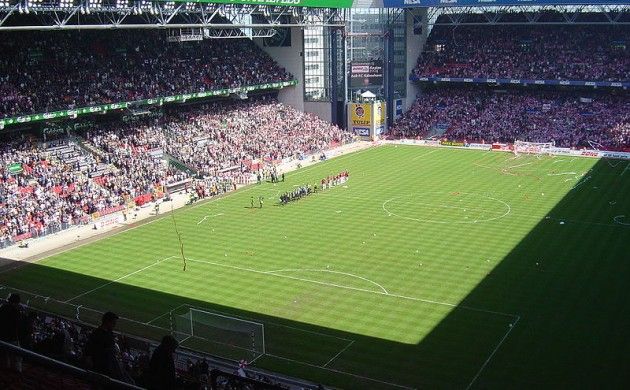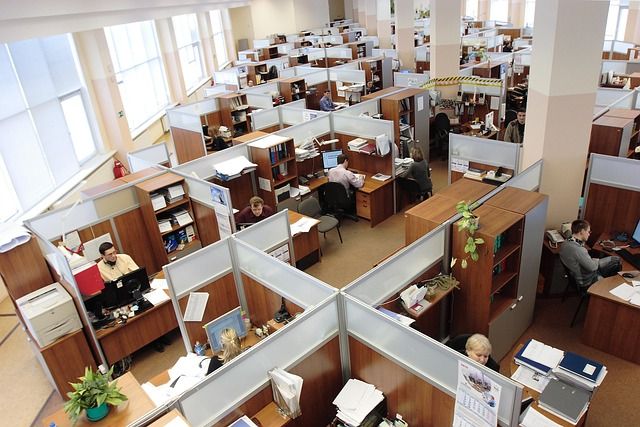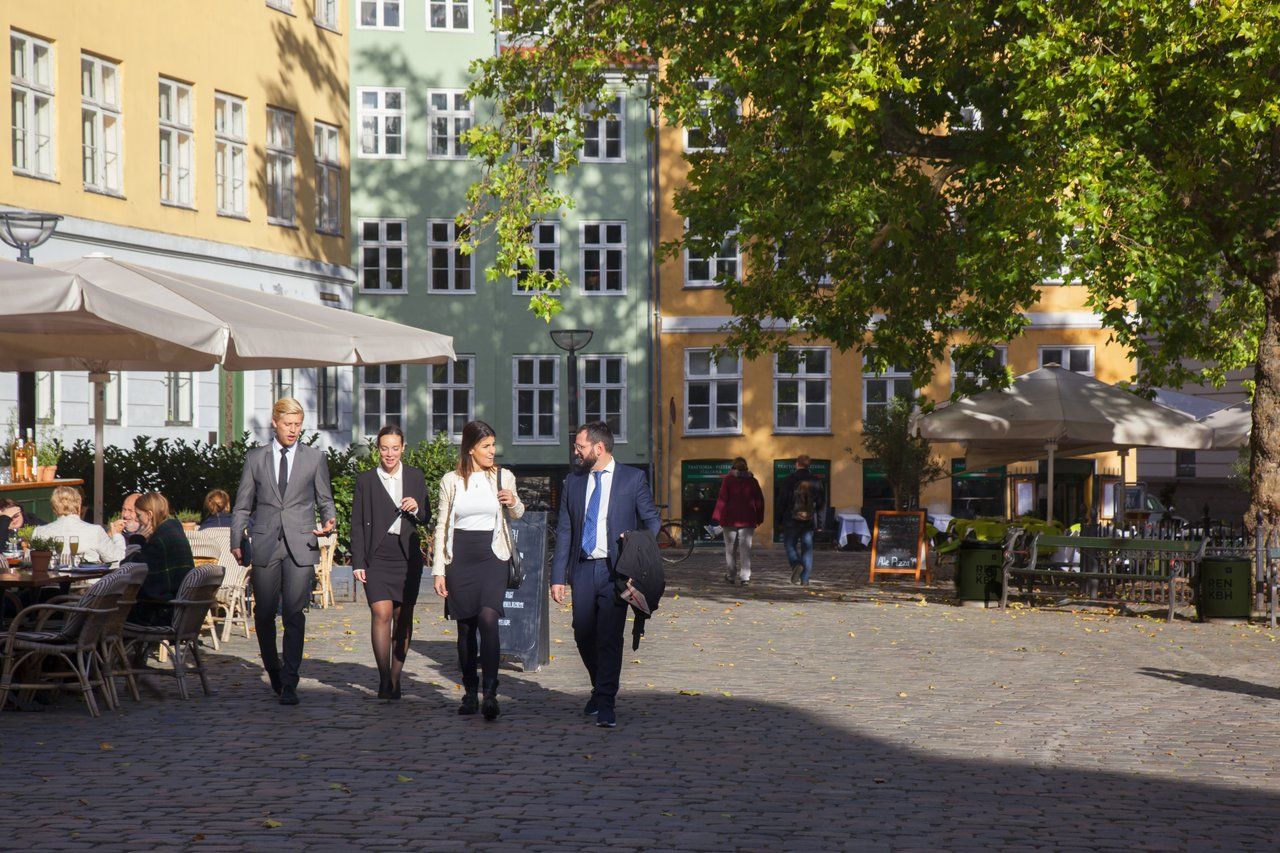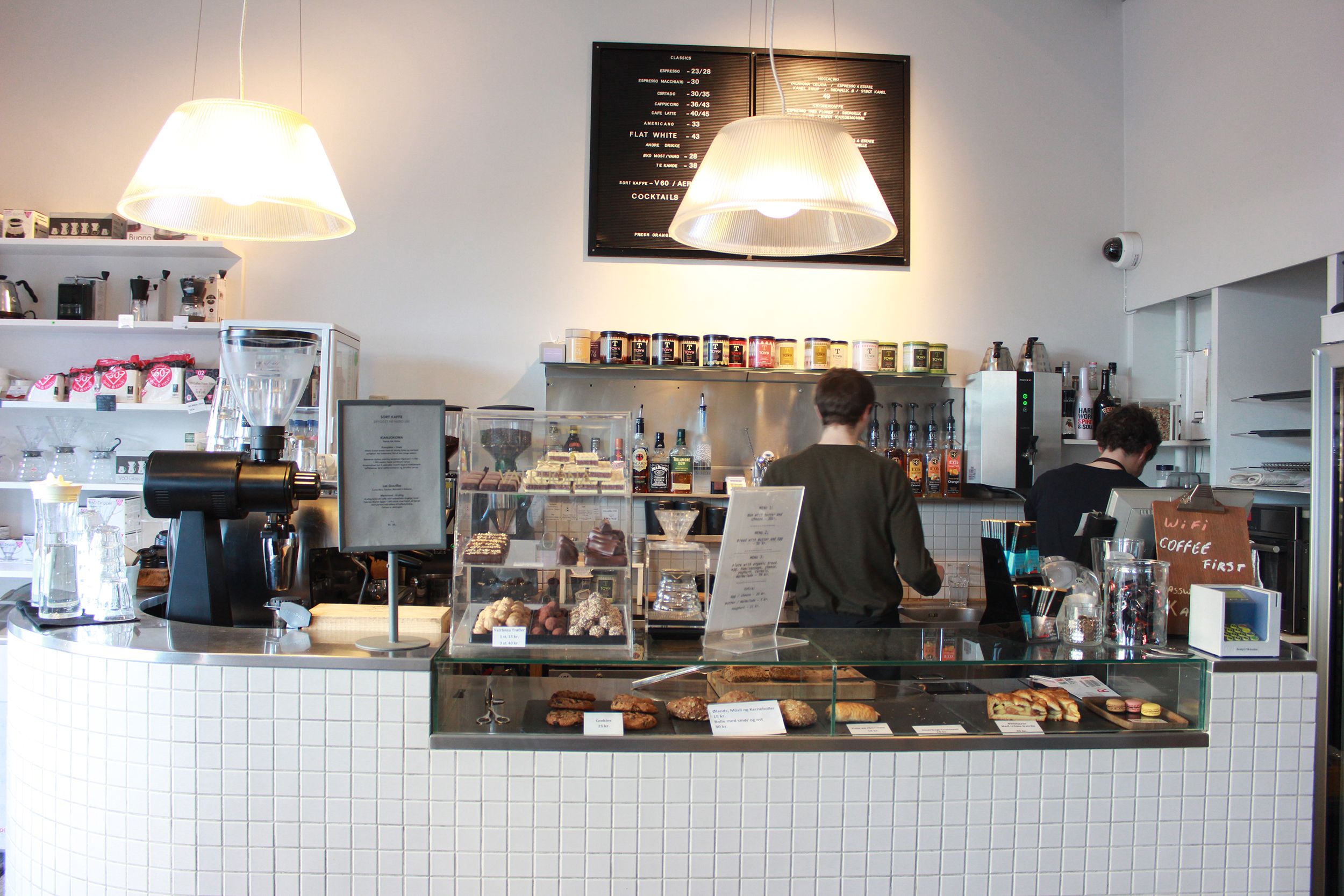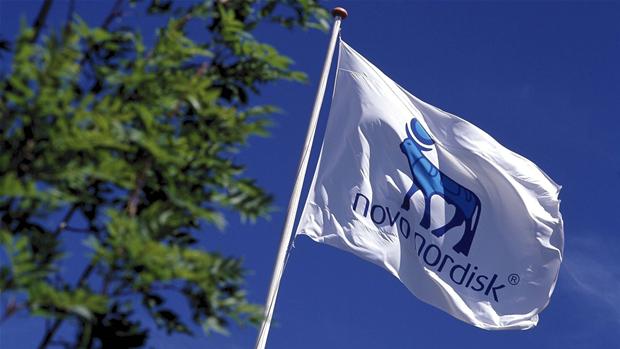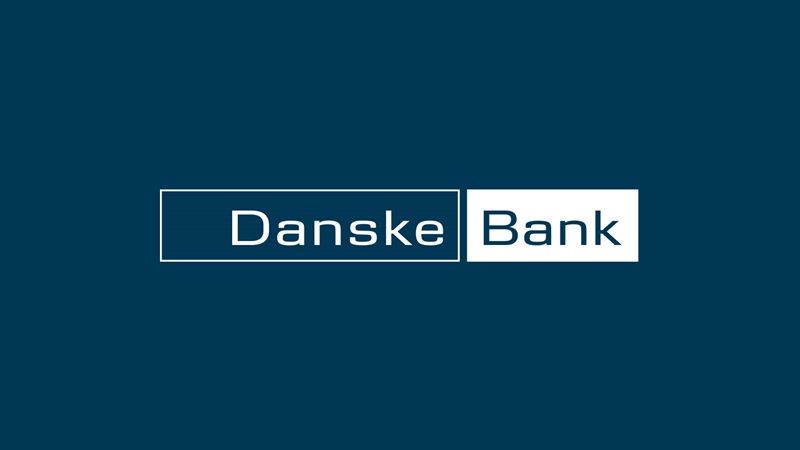A new Superliga structure looked dead and buried last week, but now the league association Divisionsforeningen and the football clubs in the Superliga and First Division have managed to reach an accord for a new league structure.
Starting from the 2016-17 season, the Superliga will be made up of 14 teams and employ a two-phase model that will see the top six split away from the bottom eight after game 26 – similar to the models use in Belgium and Scotland.
“It’s a huge day for Danish football, and I’m proud on behalf of the clubs,” said Thomas Christensen, the head of Divisionsforeningen.
“This means a huge boost for Danish football. The number of games with something at stake is increased, and the excitement concerning the championship, European spots and relegation can be maintained for longer.”
READ MORE: Two models emerging for future Superliga
14 with playoffs
Following game 26 (by which time the teams will have played each other twice), the top six will play each other twice more to decide the champions and European places.
The bottom eight teams will play each other once more, after which the bottom side will be relegated and replaced by the champions of the First Division.
The teams in second and third last, meanwhile, will enter a playoff against the second and third-placed teams in the First Division to establish which side starts next season in the Superliga.
In order to have 14 teams in the Superliga for the 2016-17 season, only one team will be relegated next season, while three teams will be promoted from the First Division.
The new model – which was developed by the Dutch sports consultancy firm Hypercube – was initially rejected by FC Copenhagen and FC Midtjylland because they didn’t want the Superliga to be expanded from its current 12 teams. But the two clubs later returned to the negotiation table.
The Danish football association, DBU, subsequently approved the new model.

